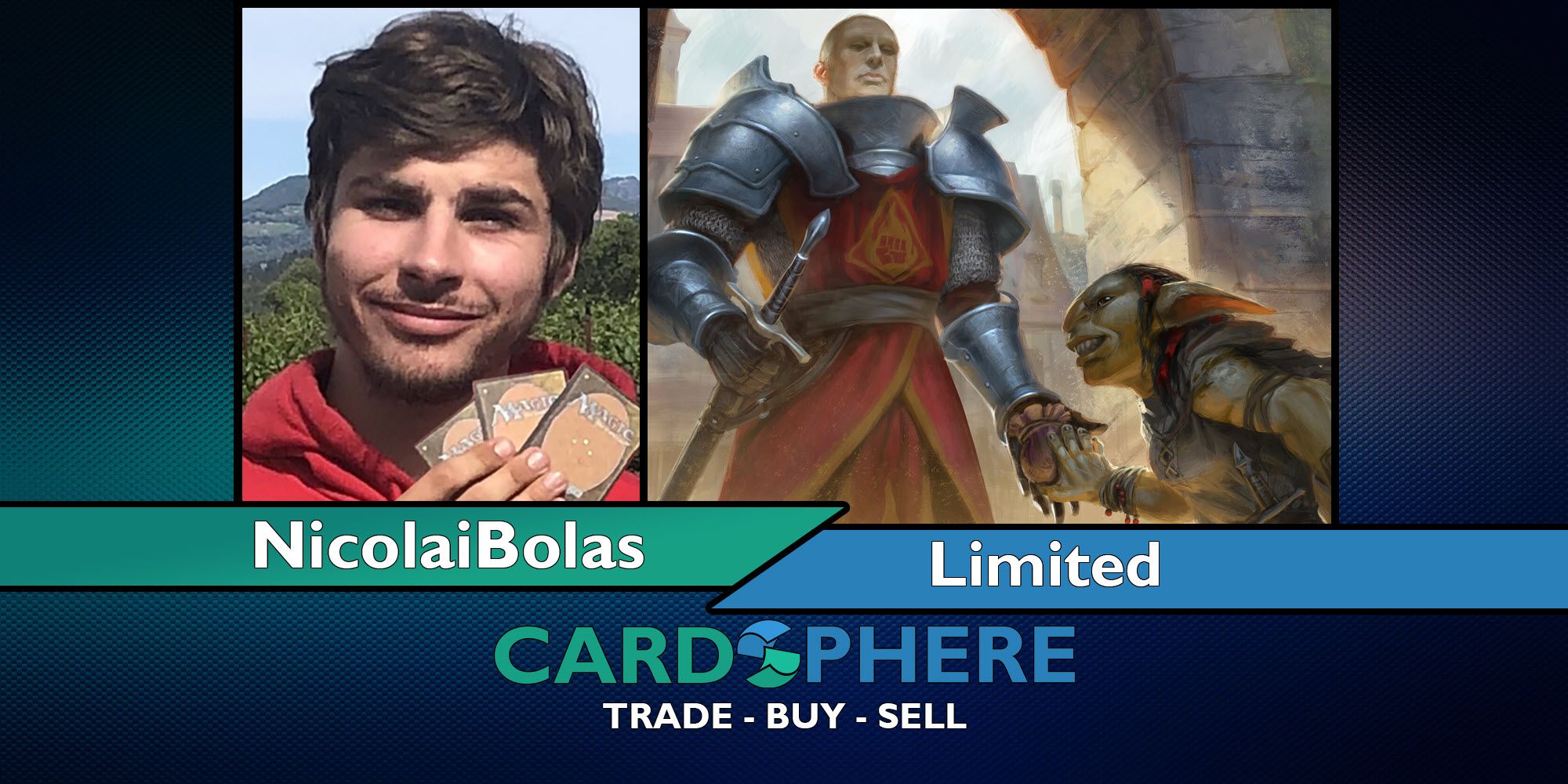Power vs Flexibility in Draft

Have you ever found yourself drafting a deck and feeling like you have no direction and your colors are a mess? What about when you feel forced to take a mediocre two drop over a five drop that you think is more powerful? Are there spots where it feels like your colors are open but your deck still has no cohesion? Today I'm discussing how to consistently draft better decks by evaluating the tradeoff between flexibility and power.
Power vs Flexibility in Colors
colorless colorlessIn a final scenario, imagine starting your draft with a Gold/multicolored card. For the sake of this example, imagine that the card is green and white. All of a sudden you have very little flexibility in the draft if you want to play your first pick because it only makes your deck in the most rigid of conditions (if you play exactly green white). Accordingly, taking a Gold card early in the draft is something that you should only do if the card is unbelievably powerful or easily splashable. In most situations it is unlikely to make your deck, and if it does, it might do so by steering your draft down a lane that is not open, which can also be disastrous.
Power vs Flexibility in Mana Value
colorlessWhen making a pick, try to consider not only the power level of the cards you are currently deciding between, but whether you will have opportunities in the future to gain access to a similar cheap card or a similar expensive card. Usually expensive cards are far more replaceable.
One good way of thinking about this concept is that a deck with a lot of cheap cards still has the option of casting those cards in the lategame, but a deck with a lot of expensive cards cannot cast them in the early game. A deck full of cheap plays can pretty easily become an aggressive deck, but one that lacks cheap plays is simply nonfunctional. Another good method is to imagine that your deck has a quota for cards at each cost, and there is less demand for expensive cards. If you start a draft hoping to get five or more two drops and somewhere around two or three five drops (and some decks don't even want five drops at all!), you better prioritize the cards that you need.
Power vs Flexibility in Strategy
Some cards are much more narrow in their application, even if they are cheap and one color. For example, some creatures must attack each combat if able, or are unable to block, which makes them bad in decks that need to defend and make it to the lategame. There are also spells like Combat Tricks, that really want to be used aggressively because they work best when your opponent does not have mana up to blow you out. On the other hand, there are some cards that only work in defensive decks, something like a defender or a creature with 0 power.
Early in a draft, taking the more flexible card means that you take a card that can perform in any sort of deck, therefore giving you more options down the line. A creature like Steadfast Paladin is a good example, because in a slower deck the Lifelink is especially helpful, but an aggressive deck really values having a two drop as well. A card like Secret Door is technically just one color, but it is only playable in a defensive deck because an assertive deck has no interest in a card with defender and 0 Power.
Some cards almost play as if they are, "secret gold cards," because even if they are technically one color, they only fit into one specific archetype or a narrow band of archetypes. For example, Price of Loyalty is technically a monocolored card, but it basically only sees play in red Black because Black has cards that allow you to sacrifice the creature you steal. This means that even if Price of Loyalty is powerful in the right home and might look like it keeps you flexible by being one color and relatively cheap, it is not a great way to start a draft because it has such a narrow home.
Conclusion
The main takeaway I want you to get from this article is that the less restrictive a card is in terms of colors, mana value, or strategy, the more flexible it leaves you as the draft progresses and the easier it is to stay open and read signals. When you are able to stay open for longer you can find lanes that give you vastly superior decks and a much better chance to win.
Drafting is complicated, and there are tons of elements to consider with each pick, but hopefully this article has given you some tools to feel better equipped the next time you face a touch choice!
